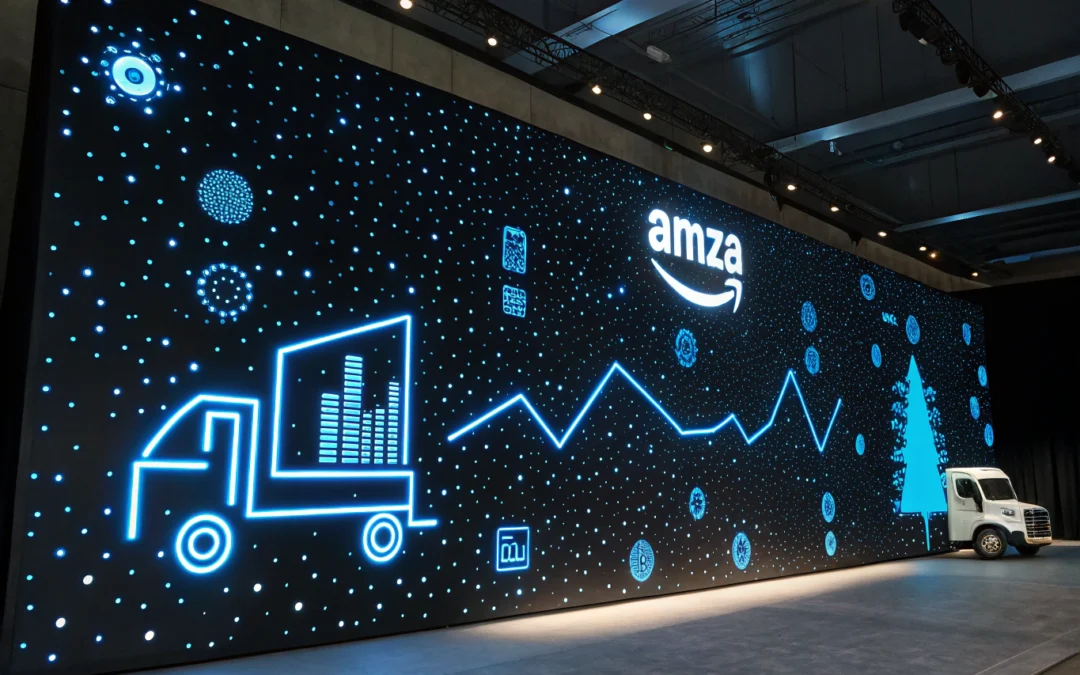Understanding Amazon FBA and Dropshipping: Picking the Right Model for Your Business
Ah, e-commerce. The digital frontier where entrepreneurs embark on quests to find the perfect business model. Two popular paths have emerged from the maelstrom of online selling: Amazon FBA and Dropshipping. Both have their merits, both their pitfalls. But which one should you choose? To answer that, let’s dive into the core differences and advantages of each model. If you’re curious about an in-depth comparison, check out the comprehensive guide on Amazon FBA vs dropshipping.
Amazon FBA: The Warehouse Wizard
Amazon FBA, or Fulfillment by Amazon, is akin to having a warehouse wizard on your team. Compared to eBay vs Amazon, Amazon FBA gives you the added benefit of a streamlined logistics system, where you send your products to their sprawling network of fulfillment centers, and they handle storage, packaging, and shipping.. It’s like hiring a magical logistics crew without the overhead of maintaining a warehouse.
Pros? You tap into Amazon’s vast customer base, benefit from Prime shipping, and enjoy robust customer service. The trade-off? You lose some control over your inventory and incur fees that can stack up faster than your morning coffee bill if not managed carefully.
Dropshipping: The Minimalist’s Dream
Dropshipping offers another enticing option: no inventory, no headaches. You list products on your store, and when a customer buys, you purchase the item from a third-party supplier who ships it directly to the customer. It’s the minimalist’s dream—light, nimble, and ready to pivot at a moment’s notice.
But beware, the dream has its shadows. Margins can be razor-thin, and you’re at the mercy of your suppliers’ shipping speeds and product quality. Your brand may suffer if the supplier fails to meet the customer’s expectations. Plus, competition is fierce, as barriers to entry are practically nonexistent.
Decision Time: Which Model Suits Your Business?
Your choice between Amazon FBA and Dropshipping hinges on several factors: your business goals, financial resources, and how much control you want over the customer experience. When comparing dropshipping vs Amazon FBA, it’s important to assess whether upfront investment or flexibility aligns more with your business strategy.
Amazon FBA is ideal for those who want to leverage Amazon’s ecosystem and have the capital to invest upfront in inventory. It’s perfect if you prioritize fast shipping and customer service excellence provided by Amazon.
Dropshipping suits the lean startup or solo entrepreneur who wants to test multiple products without the risk of unsold inventory. It’s adaptable and requires less initial investment, but be prepared to hustle for every sale in a competitive landscape.
Actionable Recommendations
- Conduct a detailed cost-benefit analysis of both models. Factor in all fees and potential revenue streams.
- Start small with dropshipping to test product viability and market response before committing to FBA’s upfront costs.
- Focus on niche markets where you can establish a unique brand identity, reducing the impact of competition.
- If choosing FBA, regularly audit your inventory and sales to ensure fees don’t erode your profits.
- For dropshipping, establish strong relationships with reliable suppliers to maintain quality and delivery standards.
With a clear understanding of these models, you’re better equipped to make informed decisions that align with your business vision. Remember, in the grand tapestry of e-commerce, no single thread defines success. It’s the weave of strategy, adaptability, and innovation that creates a lasting impact.
Checkout ProductScope AI’s Studio (and get 200 free studio credits)

